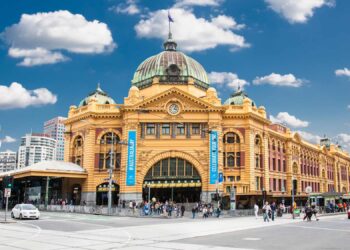Westpac NZ and Contact Energy have entered into a four-year, $50 million sustainability-linked loan facility – the first of its kind in New Zealand, which could have future applications in Australia.
It was the first one issued by Westpac NZ, with Contact Energy receiving a discounted interest rate if it meets targets linked to environmental, social and governance (ESG) ratings determined by independent ratings agency RobecoSAM.
Failure to meet these ESG targets would mean Contact Energy would pay higher interest costs to Westpac NZ.
The incentives aligned with continual improvement in Contact Energy’s ESG performance, including assessment of its climate strategy, electricity generation mix, corporate governance and stakeholder engagement.
Joanna Silver, Westpac NZ’s head of sustainable finance, said the loan was a good example of businesses working together to drive better ESG outcomes.
“Contact Energy has taken a holistic and multi-dimensional approach to achieve a range of sustainability outcomes,” Silver said.
“Westpac recognises the value of our business customers using capital to generate better, longer-term outcomes for their company and for all New Zealanders, and we want to reward them through innovative lending structures.”
Louise Tong, Contact Energy’s general manager financial services, said the loan aligned with the company’s desire to improve on areas that mattered to stakeholders.
“It’s a dynamic tool that rewards and incentivises performance across a range of ESG metrics,” Tong said.
“It also complements our green borrowing programme which reflects the low carbon nature of our generation assets.”





